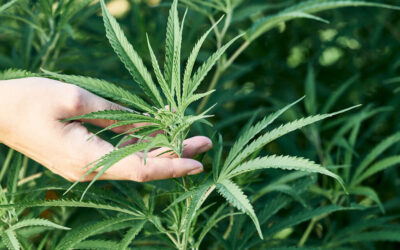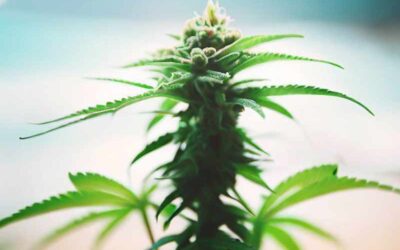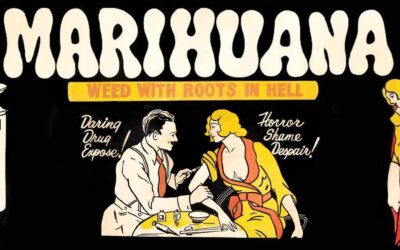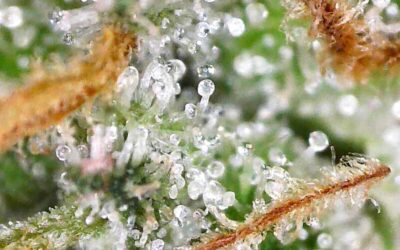
Cannabis In Ancient India
Unravelling The Sacred Connection
Ancient India, a land of rich cultural heritage and profound spirituality, has an intimate history with cannabis. The plant, known as “ganja” or “bhang,” played a significant role in various aspects of Indian society, particularly in religious and spiritual contexts. Moreover, cannabis has been intertwined with India’s spiritual fabric for millennia, and comprehending its ancient use can shed light on the profound influence it has had on the culture and spiritual practices of the subcontinent.
Cannabis in the Vedas
The earliest references to cannabis in ancient India can be found in the sacred texts known as the Vedas, which date back to around 1500 to 500 BCE. These texts are the foundation of Hinduism and contain a wealth of knowledge on various subjects, including rituals and religious practices.
In the Vedas, cannabis is referred to as “bhang.” It is mentioned as one of the five sacred plants, along with soma (a mysterious plant used in rituals), barley, darbha grass, and mudga (a type of bean). Bhang was revered for its psychoactive properties, which were believed to bring people closer to the divine realm.

The Vedas
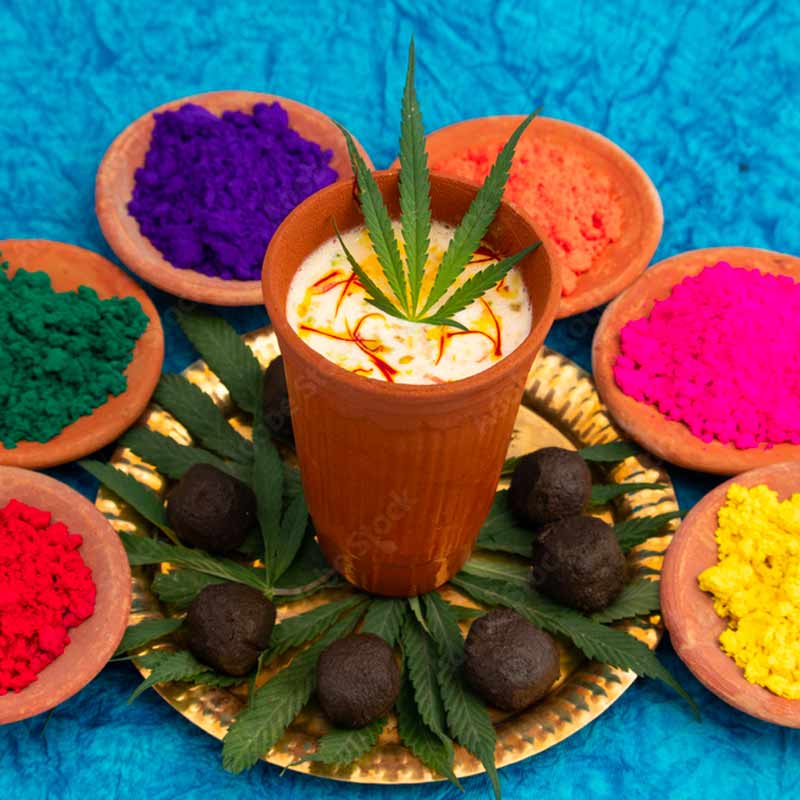
The Drink Bhang
Cannabis And The Worship Of Lord Shiva
Among the various deities in Hinduism, Lord Shiva holds a special connection to cannabis. Often referred to as the “God of Destruction,” Shiva is also renowned as the “God of Meditation,” embodying an ascetic lifestyle and fostering a profound connection with nature. According to legend, it is said that while wandering through the Himalayan mountains, Shiva himself stumbled upon the euphoric and meditative properties of cannabis.
To honour Shiva and access his divine consciousness, devotees actively used cannabis, preparing it in the form of a drink known as “bhang.” This sacred concoction involved grinding cannabis leaves into a paste and then blending it with milk, spices, and other herbs. Such preparation was meticulously crafted and consumed during religious festivals and rituals dedicated to Shiva, with a particular emphasis during the vibrant celebration of Holi, the festival of colours.
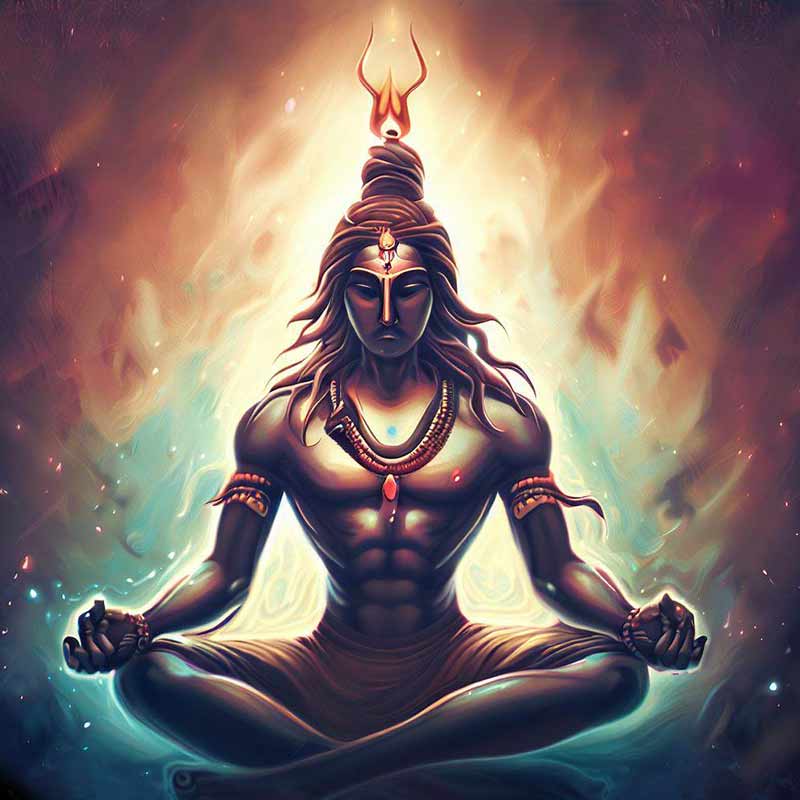
Lord Shiva
Ritualistic And Medicinal Uses Of Cannabis
In ancient India, cannabis found its way into various religious ceremonies and rituals. It was believed that consuming cannabis-infused offerings could bring worshippers closer to the divine and elevate their spiritual experiences. Cannabis also played a role in rituals involving fire sacrifices and prayers to appease gods and seek blessings.
Beyond its spiritual significance, cannabis was highly regarded for its medicinal properties. Ayurveda, the ancient Indian system of medicine, recognised cannabis as a valuable herb with therapeutic benefits. It was used to treat various ailments, including pain, anxiety, and digestive disorders. Ayurvedic practitioners prepared different formulations of cannabis-based medicines to cater to individual health needs.
Cannabis In Art And Literature
The reverence for cannabis extended beyond rituals and medicine and Indian art and literature expressed this connection vividly. Furthermore, ancient sculptures and paintings vividly portray scenes of deities, sadhus (holy men), and yogis actively engaging in spiritual practices with cannabis.
In poetry and literature, cannabis often became a romanticized source of inspiration and a catalyst for profound insights. Numerous Indian poets and mystics passionately composed verses celebrating the mystical experiences induced by cannabis consumption.
Cannabis In Decline In Modern India
Despite its deeply rooted history, cannabis has faced challenges for spiritual and medicinal purposes in India over the centuries. The advent of British colonial rule in the 18th century subjected cannabis to increasing scrutiny due to cultural misunderstandings and conflicting legal perspectives.
In 1838, the British Indian Hemp Drugs Commission published a comprehensive report that acknowledged the long-standing use of cannabis in India and recognized its relatively benign effects compared to other intoxicants. However, in subsequent years, cannabis started to face demonization, and efforts to curb its use gained momentum.
In 1985, India introduced the Narcotic Drugs and Psychotropic Substances (NDPS) Act, aiming to regulate and control the use and distribution of various substances, including cannabis. Under this act, cannabis received classification as a Schedule I substance, imposing strict restrictions on its cultivation, possession, and consumption.
Ancient India’s spiritual journey with cannabis stands as a testament to the profound and complex relationship between humanity and the plant world. Cannabis, deeply intertwined with the spiritual practices of the time, played a central role in connecting devotees with the divine and fostering a sense of interconnectedness with the universe.
Today, while the legal status of cannabis in India remains restrictive, the legacy of its ancient use continues to inspire curiosity and intrigue. As India navigates its way through modern challenges, the echoes of its sacred connection with cannabis linger, reminding us of the enduring power of the plant to shape culture, spirituality, and the human experience.


